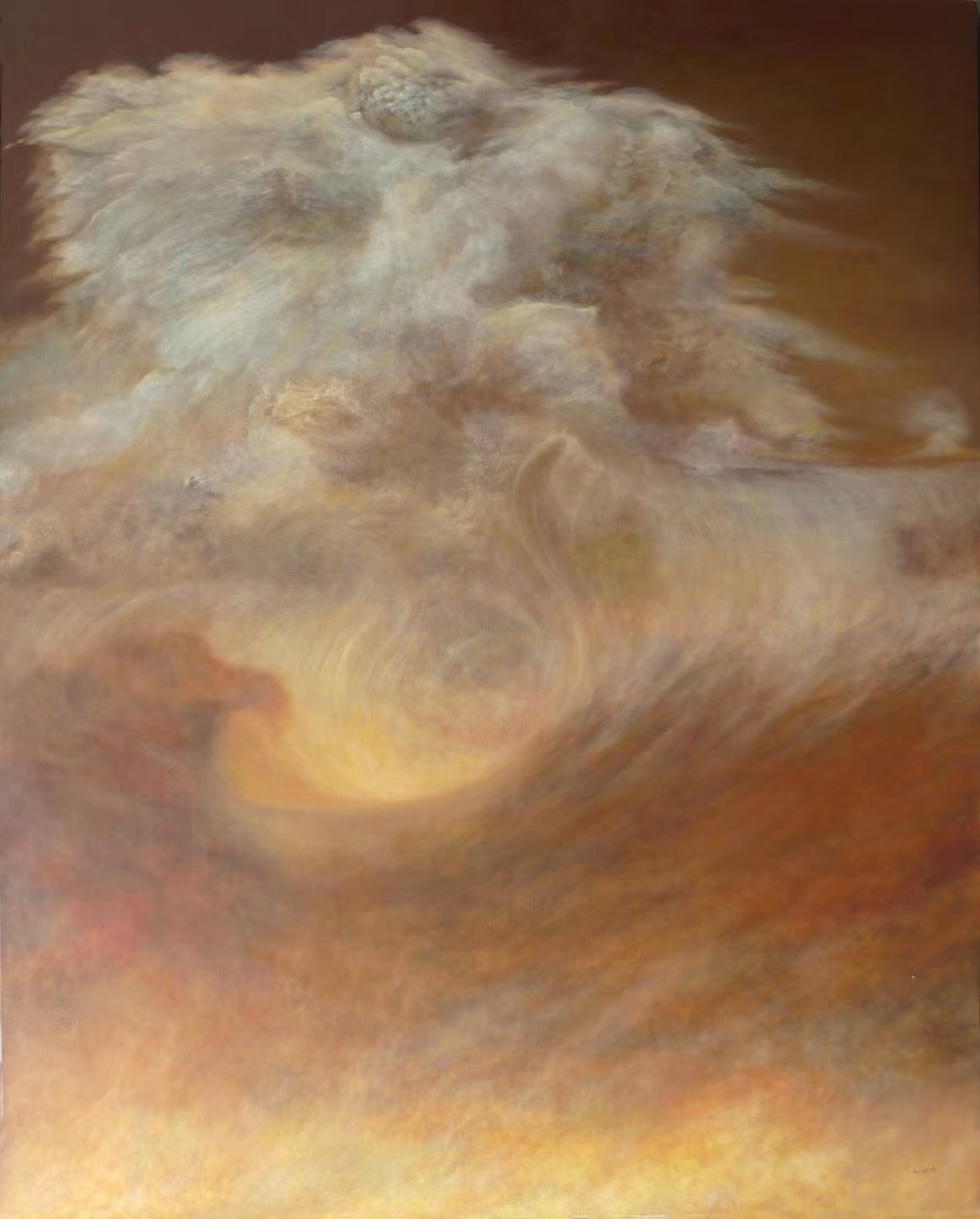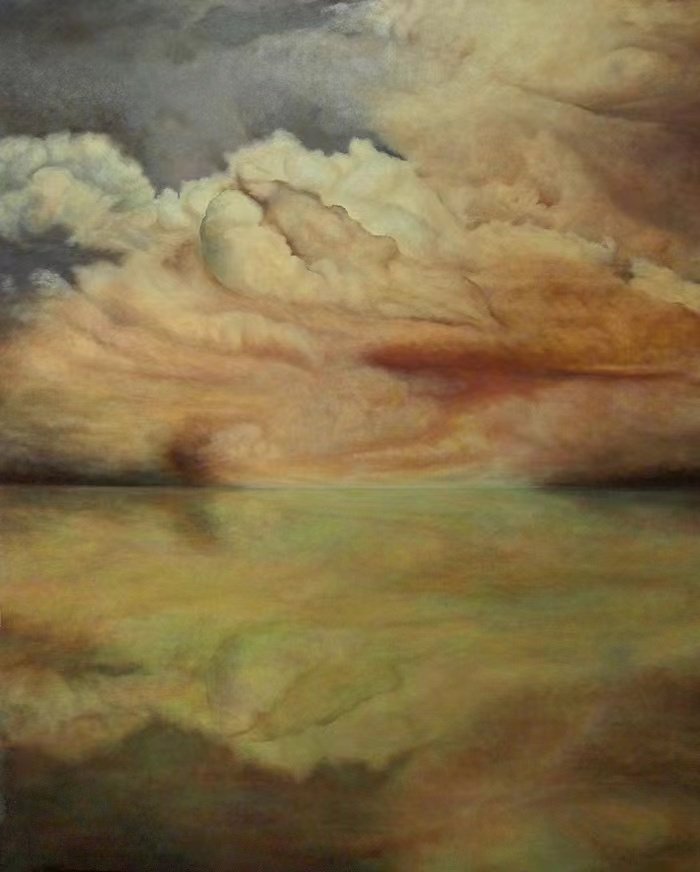Interview
Wen Wen
Wen Wen is a Chinese born artist now based in Melbourne, Australia. She began studying art as a teenager in China, immigrated to Australia when she was 17 and went on to complete a Bachelor of Arts at Curtin University Western Australia. She then returned to Beijing where she lived and painted until 2018.
As a practicing Buddhist, her fascination with non-duality led her into a series of works depicting clouds and water, heaven and earth, the natural and supernatural.
In turn, the changes she experienced on this philosophical and spiritual path are expressed in her works through her inquiry into what is true and false - the imagery of tension and release, the representational and abstract, as well as an exploration of the blurred boundaries between reality and the imaginary.
Wen Wen’s latest work uses subtle symbols and juxtapositions to fuse metaphor and reality, as she invites the viewer to expand their own imagination. She explores the reclusive and solitary pursuits for inner peace, liberation and purity. Her aim is not only to meld the cultures of East and West, but also to illustrate minute silences, isolations and freedoms often hidden in our life.
Her works have been exhibited in numerous galleries and festivals internationally. A selection of these include Art Mora, New York and New Jersey (USA); A Box Gallery, Birmingham (UK); Historicide The Third Nanjing International Art Festival, Nanjing (China); No Boundaries International Art Festival, Shanghai (China); 50 Square Art Exhibition, Brunswick Gallery, Melbourne (Australia); Beijing Summer Contemporary Art Exhibition, EL Museum, Beijing (China). Five of Wen Wen’s works were also chosen for album covers by the Buddhist Association of China.
What is your background and how did you start your journey in the art world?
“I was born in Shanghai China, and from childhood I have always been interested in visions, shapes and changes in nature. For example, I would look at a cloud in the sky and imagine various shapes based on its wandering state; or I would see small animals based in the water stains on a wall. This subconscious training developed my sensitivity to graphic creation as an adult. As a teenager, I met a painter for the first time in my life, and I was lucky enough to learn the basic training of sketching, sculpture, and still life under her guidance. My family emigrated to Australia when I was seventeen, and I then completed my art degree at university.”
What themes do you pursue? Is there an underlying message in your work?
“My themes change as my life changes, and over the past two years I have worked on a new series. Compared with my previous works, it is more grounded and tangible. At the same time, I like to leave room for the viewer's imagination. So my recent works are now more like a story narrative from a scene that has a main character and yet seems to have none, leaving the viewer free to apply their imagination to the picture and create their own interpretation.”
How would you describe your work?
“I have always been quite passionate about philosophy and the relationship between dreams and reality. In my works, I blend the distance between reality and fantasy, replacing objects in an empty scene where the border between reality and fantasy is blurred. Time and space seem to be frozen in the picture, allowing the viewer to extend their own imagination.”
“Artwork treasures can be passed down through generations and preserved for thousands of years, providing a witness to the dynamic human civilization. I feel very fortunate to be in this profession. Even if my works only bring a glimpse of beauty and pleasure to one viewer, this is enough for me.”
What is your creative process like?
“Basically I don't sketch. Instead, when I have a vision in my mind I paint directly on the canvas. Sometimes I make adjustments as the image takes shape. I don't make small drafts, but rather I allow the creative process to unfold, finally revealing the image. This adds to my excitement, curiosity about the unknown and my drive to create.”
What is an artist’s role in society and how do you see that evolving?
“I believe members of a mature, civilized society are receptive to the beauty of art, as it runs in the blood of human beings. The artist's sense of freedom of creativity provides an important and exquisite role in society. Art can also provide the catalyst for awakening and enrichment in life. It can certainly be said that a society without art is bland and dull.
To me, artistic creation is a normal part of life, but art is selfish. It pleases the self first and then others. A true artist can lead public opinion and trend whilst simultaneously remaining independent. Like Picasso, a true artist can always create a new genre without fear of failure. This is the mark of a master.
Which artists influence you most?
“I like many artists such as Balthus, Edward Hopper, Chirico and a Chinese artist by the name of Wei Dong. In 2021 I saw an exhibition of a great Australian painter, Rick Amor, whose work I enjoyed immensely.”
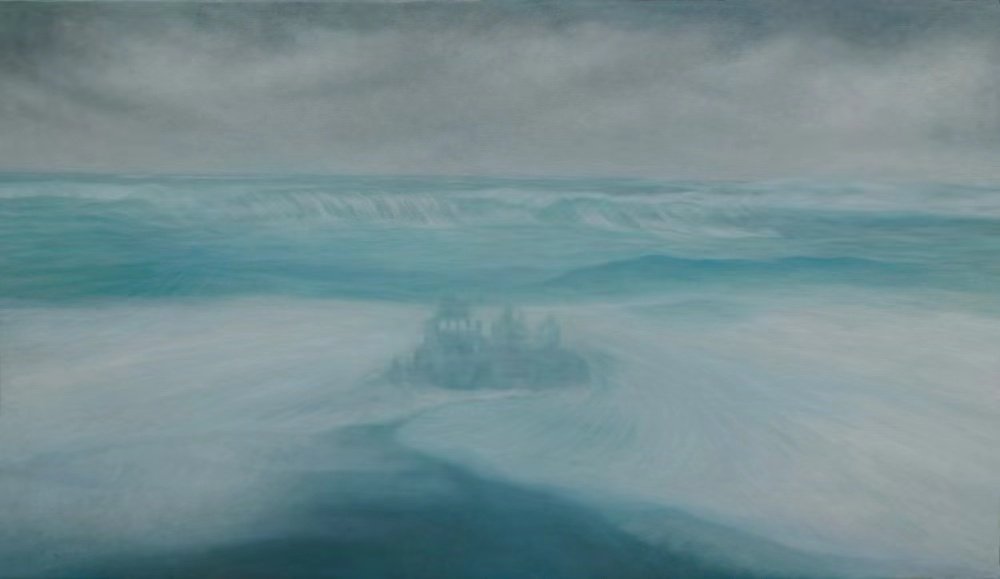
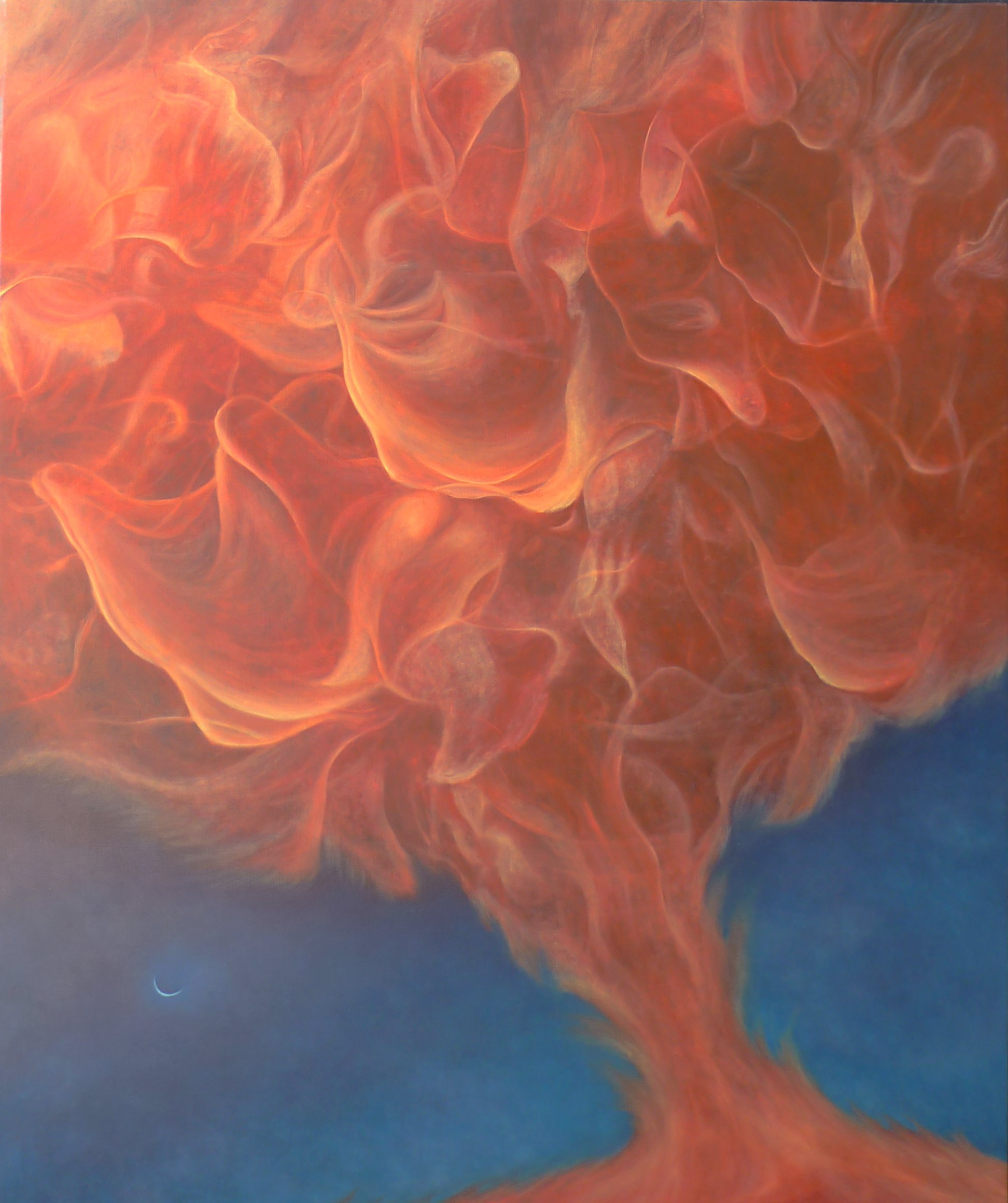
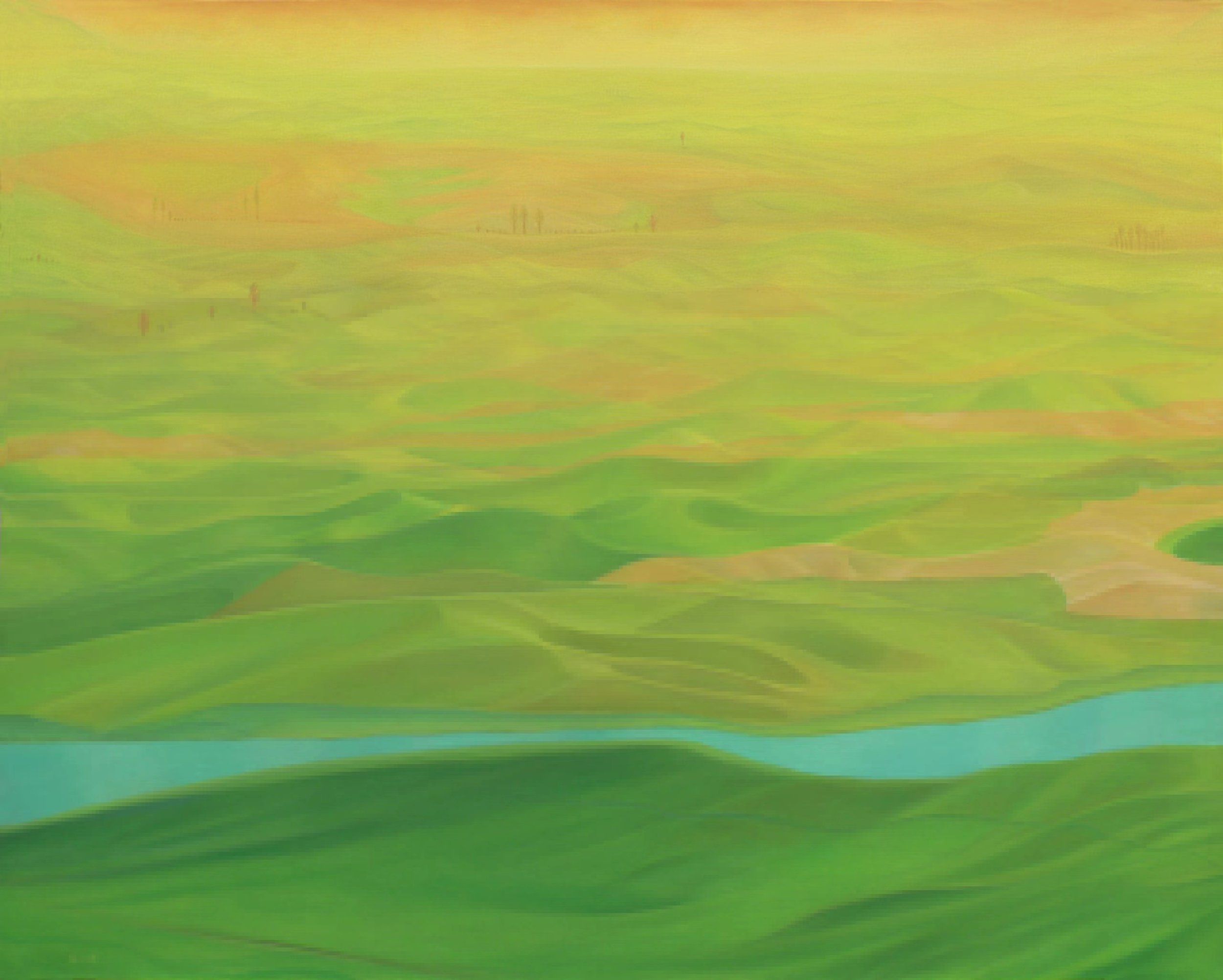
Instagram: @art.wenwen











